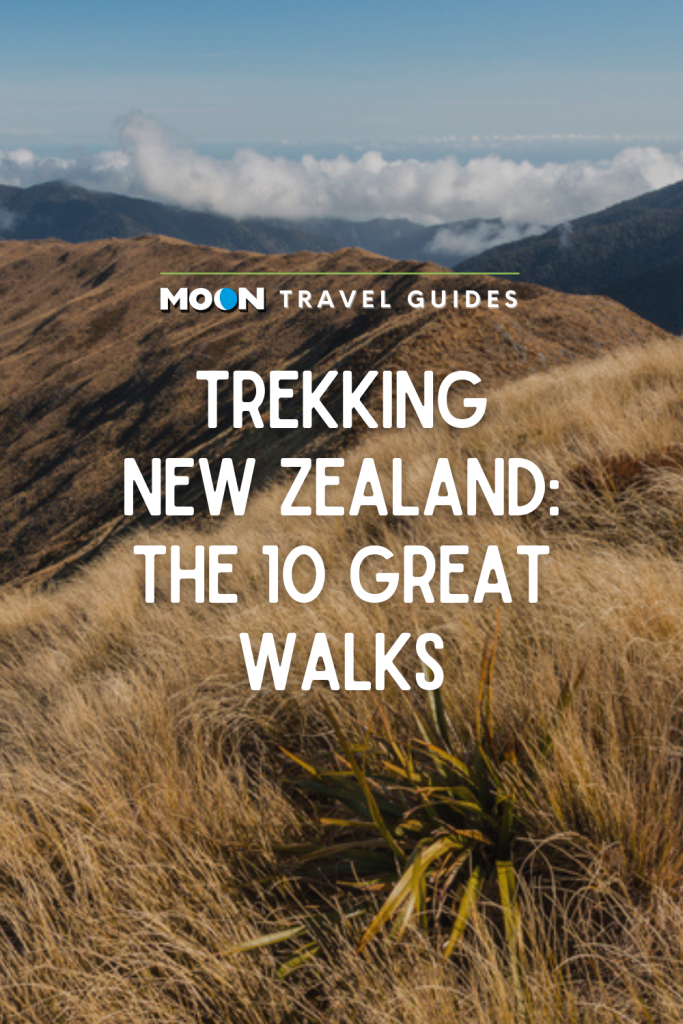Trekking New Zealand: The Ten Great Walks
Great Walks are New Zealand’s premier self-guided multiday trails, traversing some of the country’s most dramatic scenery. Embarking on a Great Walk is one of the most memorable experiences you can have in Aotearoa. If you’re ready for the trek of a lifetime, here’s a breakdown of the ten official New Zealand Great Walks.
1. Tongariro Alpine Crossing, Tongariro National Park
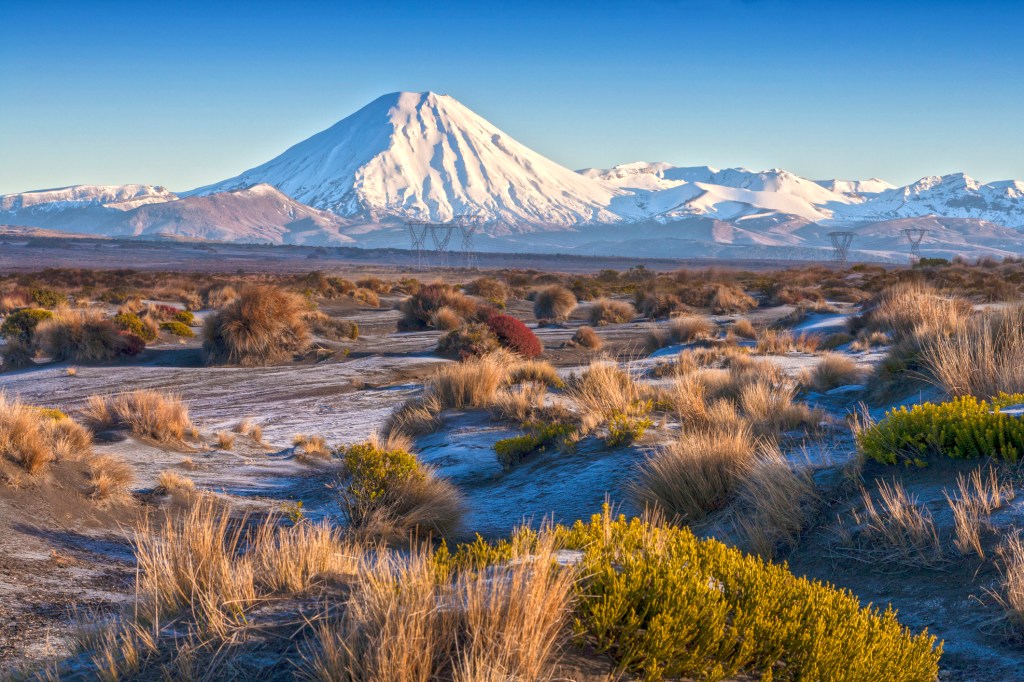
Tongariro National Park is the North Island’s majestic, mountainous heart. It boasts dual UNESCO World Heritage Status, both for its cultural significance and its sheer beauty. Tongariro covers the southern reaches of the Taupo Volcanic Zone, part of the Pacific Ring of Fire, a volcanic network that stretches from the tip of South America to the west coast of North America, across the Bering Strait, down to Japan, and to New Zealand—and includes Mount Ngāuruhoe, aka Mount Doom in The Lord of the Rings films! The Great Walk circumnavigates Mount Ngāuruhoe, starting and ending in Whakapapa Village. The 43km circuit can be done in 3-4 days.
2. Lake Waikaremoana, Te Urewera
Te Urewera was once North Island’s largest national park until, in 2014, it was granted human rights—meaning it was no longer owned by anyone (though it is under the guardianship of local iwi). This extraordinary slice of ancient land is blanketed by more than 650 species of native trees that shelter 35 protected native bird species, deer, and wild pigs. Te Urewera’s most significant feature is Lake Waikaremoana (“the sea of rippling waters” in Maori), a jagged body of water surrounded by isolated beaches and towering native trees. Along the Lake Waikaremoana Great Walk (46km one-way, 3-4 days), you’ll encounter native birds like the pukeko (listen for the call of the kiwi at Waiharuru hut), incredible views of the lake and forest canopy from Panekiri Bluff, and numerous opportunities to cool off in the lake. The first 17km of the track from Onepoto Bay, rising from 600m to 1,180m at Panekiri Bluff, are the most challenging—tackle that section first. From there, it’s a relatively flat hike along the water’s edge and through valleys cloaked in native bush.
3. The Whanganui Journey, Whanganui National Park
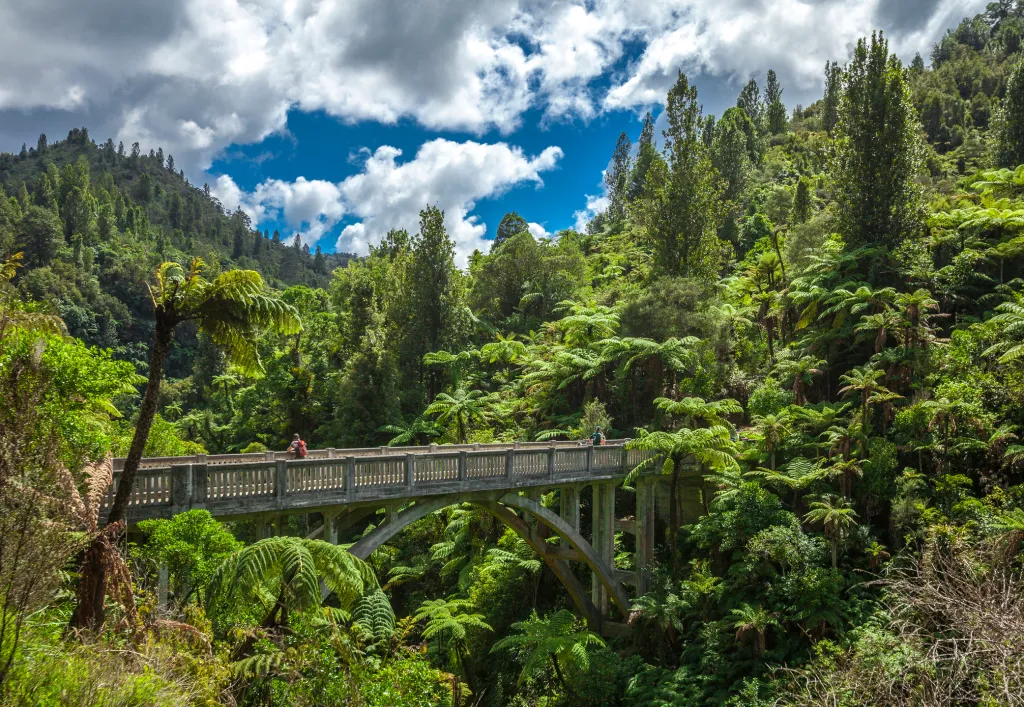
The Whanganui Journey is classed as one of New Zealand’s Great Walks, even though it takes place almost entirely on the Whanganui River. The route runs 145km from north to south, from Taumarunui to Pipiriki, and generally takes five days of three to nine hours each day. A popular option is to get on the water at Whakahoro, which reduces the journey to 87km, which can be easily tackled in three days. Note that it is not possible to stop or turn back from Whakahoro. The geographical splendor is set to a soundtrack of birdsong and waterfalls, and the meandering waters occasionally bubble into gentle rapids along the way, but these can be paddled by novice kayakers and canoers. Make sure to land at Mangapurua for the walk to the iconic Bridge to Nowhere (90 minutes round-trip), a lonely concrete structure built in the 1930s and abandoned before any connecting roads were laid to it.
4. Abel Tasman Coast Track, Abel Tasman National Park
Abel Tasman National Park opened in 1942, exactly 300 years after its Dutch namesake became the first European to sight New Zealand and encounter Maori. At 29,350 hectares, it is New Zealand’s smallest national park, but its sundrenched Great Walk is among the most popular—and accessible—with an abundance of beaches, consistent weather, and the chance to kayak along the scenic coast. The trail (60km, 3-5 days) showcases the spectacular granite cliffs and rainforest-clad coastline as it winds its way through beech and manuka forests and across beaches and estuaries to the swirls of the crystal sea. The whole track stretches from Mārahau, in the southern section of the park, north to Wainui Bay, and is lined with Department of Conservation huts and campsites as it follows the coast of Tasman Bay. There are a handful of saddles and a fun 47-meter suspension to navigate. A popular option is to combine the hike with a kayaking tour.
Newsletter Signup
By clicking ‘Sign Up,’ I acknowledge that I have read and agree to Hachette Book Group’s Privacy Policy and Terms of Use
5. Heaphy Track, Kahurangi National Park
Kahurangi (“treasured possession” in Maori) is New Zealand’s second-largest national park and is home to some of the nation’s most ancient formations. Nearly a half-million hectares of wildly varied backcountry is undercut with gorges and cave systems and festooned with karst and forest home to indigenous fauna and flora, including the great spotted kiwi, giant land snail, and the giant weta insects. The Heaphy Track follows a route used by early Maori to collect pounamu (greenstone) and is the finest way to explore the magnificent diversity of Kahurangi National Park. The 78.4km Great Walk takes 4-6 days to complete and can be hiked in either direction. It climbs alpine saddles, wends through tussock-clad high-country, passes river valleys and subtropical rainforest, and finishes near Karamea on the West Coast. May-November, the track is also a Grade 4 mountain bike trail that takes 2-3 days.
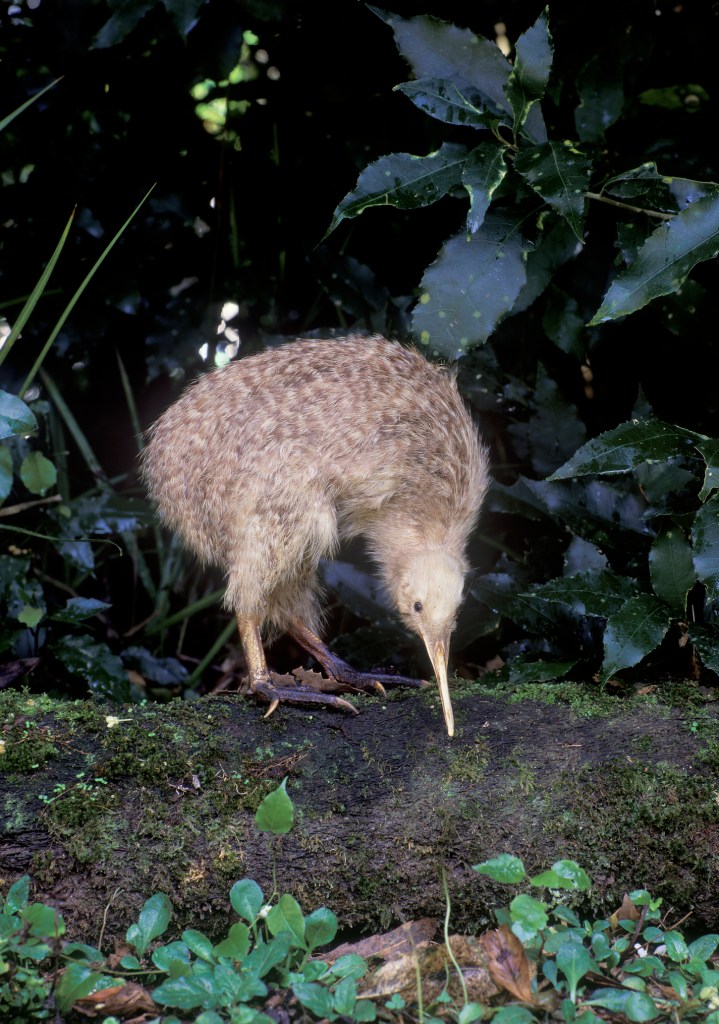
6. Routeburn Track, Mount Aspiring and Fiordland National Parks
The Routeburn Track (32km, 2-4 days one-way) is a Great Walk linking Mount Aspiring and Fiordland National Parks. The route can be completed in either direction, but most tackle it from Glenorchy. From the Routeburn Shelter, the track works its way through some of New Zealand’s finest alpine scenery—glacial valleys, bush, waterfalls, wetlands, and lakes—climbing to its highest point at 1,255m, Harris Saddle, a third of the way in. Along the way, look for birds such as the world’s only alpine parrot, the kea, and the rifleman, as well as rarer species like the yellowhead, blue duck, and rock wren. The world’s largest fuchsia, the kotukutuku, grows up to 12m; look for it on the final section of the trip, which ends at The Divide, 85km from Te Anau. Off-season, parts of the route are impassable due to heavy snow and rainfall.
7. Milford Track, Fiordland National Park
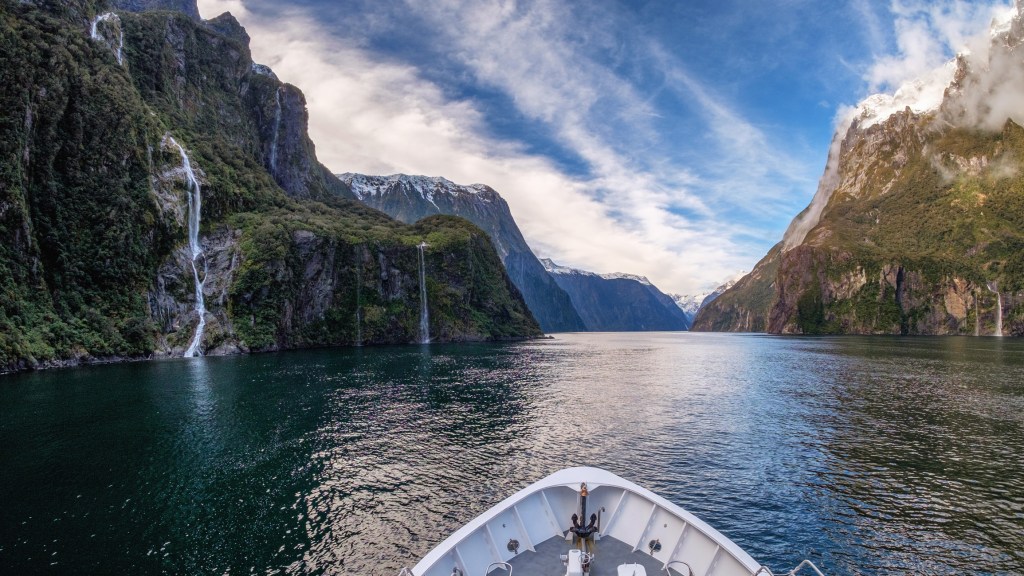
Fiordland National Park is one of four national parks (including Aoraki/Mount Cook, Mount Aspiring, and Westland) that make up Te Wahipounamu (Maori for “place of greenstone”), a UNESCO World Heritage Site. Spanning the southwest corner of South Island, Fiordland National Park’s sheer-faced mountains rise straight from inky seas—a visage so dramatic that it should come with its own film score. Te Anau Downs is where hikers must take a boat to Glade Wharf for the beginning of the famous Great Walk, the Milford Track (53.5km one-way, 4 days). From Lake Te Anau, follow the trail north through beech forest and an imposing valley, along the Clinton River to Lake Mintaro at the foot of Mackinnon Pass. The climb to the top of the 1,154m Mackinnon Pass is relatively arduous but is rewarded by spectacular views down sheer glacier-carved Clinton Canyon. In summer, look for flowering alpine plants such as the Mount Cook buttercup. Descending the pass, take a side-trip to Sutherland Falls (1.5 hours round-trip), a 580m waterfall once thought to be the world’s highest.
8. Kepler Track, Te Anau
On the eastern fringe of Fiordland National Park, the Kepler Track (60km, 4 days) sits sandwiched between Te Anau and Manapouri Lakes. The four-day trek crosses a swing bridge, small streams, beaches, and wetlands as it rises through beech and podocarp forest to ridgelines carpeted with alpine tussock. At the top, soak in the panoramic lake and mountain views. You’ll encounter birds such as the kea, a cheeky alpine parrot. Thanks to its loop design, the Kepler Track is one of the most accessible Great Walks. Enter or exit the track at three points: Kepler Track car park and control gates, Rainbow Reach swing bridge, or Lake Te Anau’s Brod Bay.
9. Rakiura Track, Stewart Island
Stewart Island is New Zealand’s third-largest island. It sits 30km from the mainland across the Foveaux Strait and is of great significance to Maori: when demigod Maui fished up North Island, his canoe—South Island—was anchored in place by Stewart Island. It’s known as Rakiura, which translates as “the land of glowing skies,” so-named due to the southern lights and the wondrous sunsets. The southernmost Great Walk, the Rakiura Track (32km loop, 3 days/2 nights) can be walked in either direction, any time of year; though it’s cold during the winter months, the weather tends to be less volatile. Great chunks of the beginning and end points of the route are coastal, with some beach walking and a swing bridge. The middle day will be spent among ferns and rimu trees in a kamahi forest alive with birdsong; you may even spot a kiwi (you’ll certainly hear one).
10. Paparoa Track, Paparoa National Park
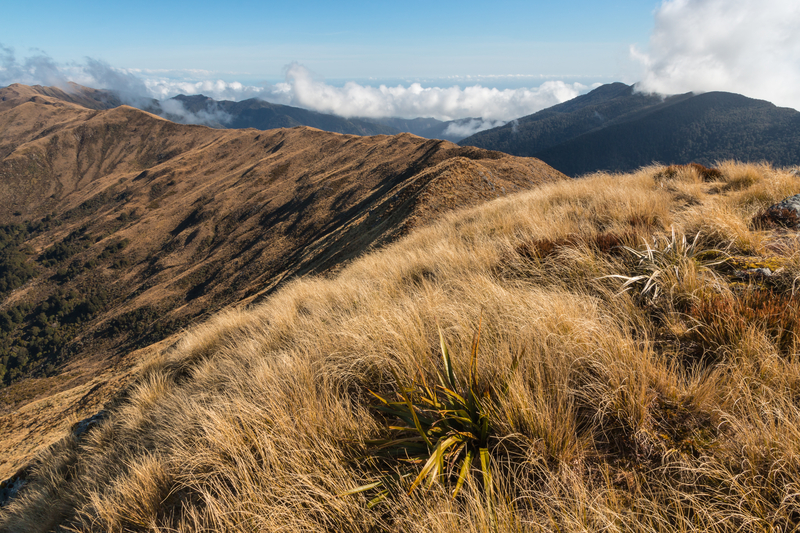
Opened at the end of 2019, the Paparoa Track (55km, 3-4 days) is New Zealand’s 10th—and newest—Great Walk, a year-round tramp that can be tackled in either direction. The track crosses the Paparoa Range, offering some spectacular views of the Tasman Coast, especially at sunset from Moonlight Tops Hut, as it navigates beech forest and limestone cliffs and gorges. It also doubles as a challenging mountain bike trail (2 days; 56.2 km) for advanced riders only.
From snowy mountains to golden beaches, beauty awaits around every bend on these dramatic islands. Find your adventure with Moon New Zealand.
Newsletter Signup
By clicking ‘Sign Up,’ I acknowledge that I have read and agree to Hachette Book Group’s Privacy Policy and Terms of Use
Pin It for Later
